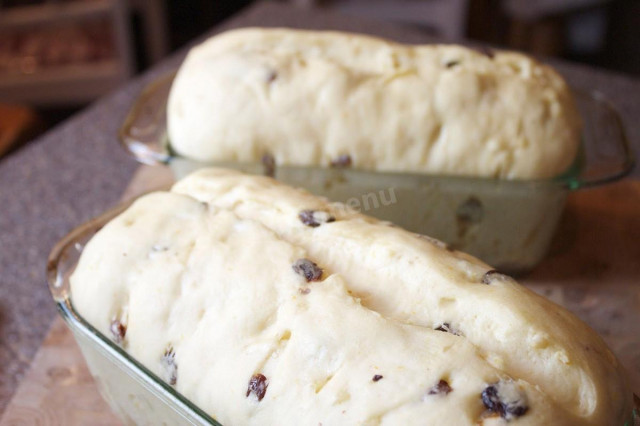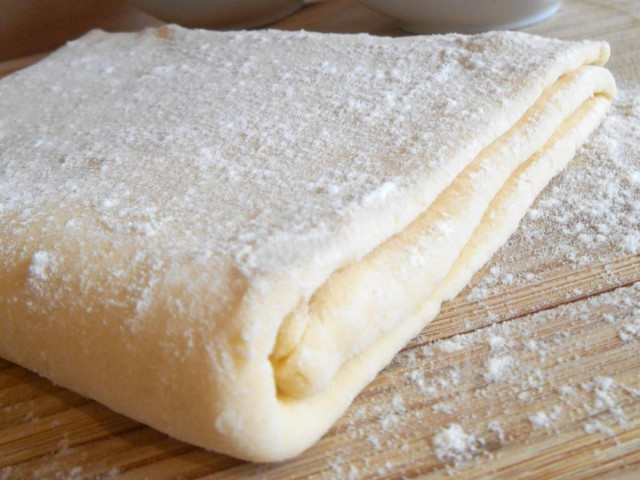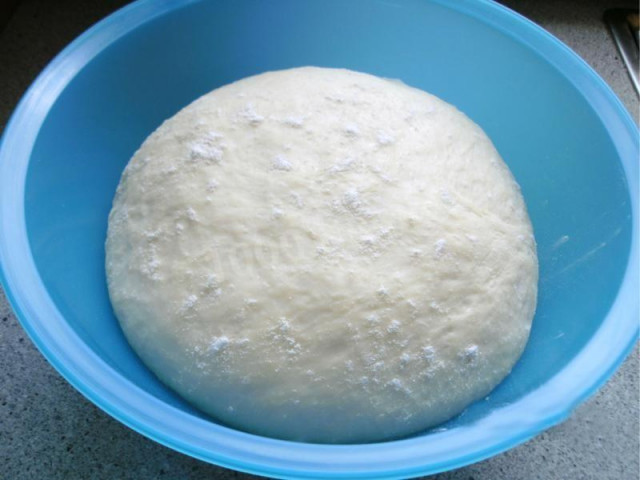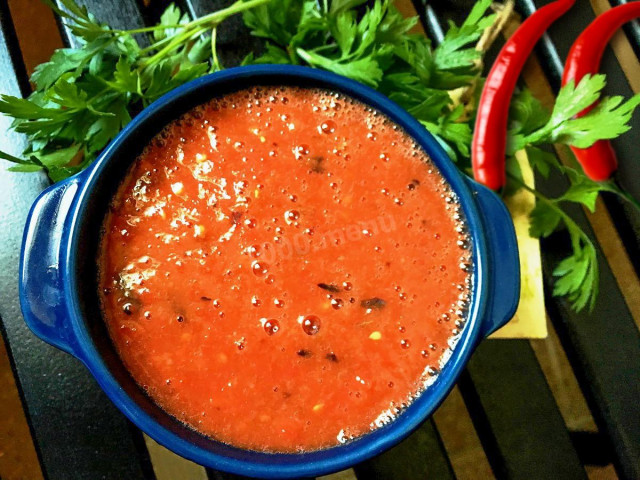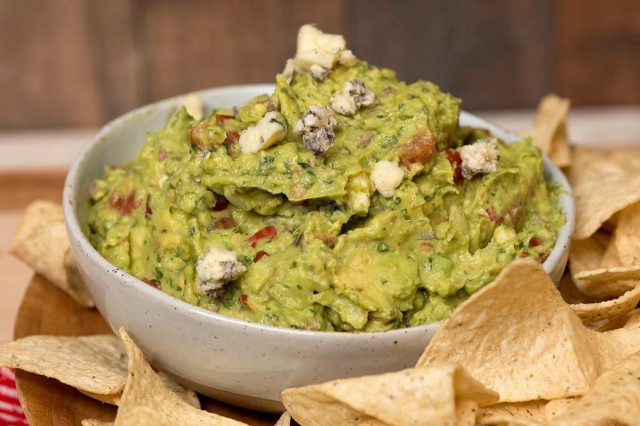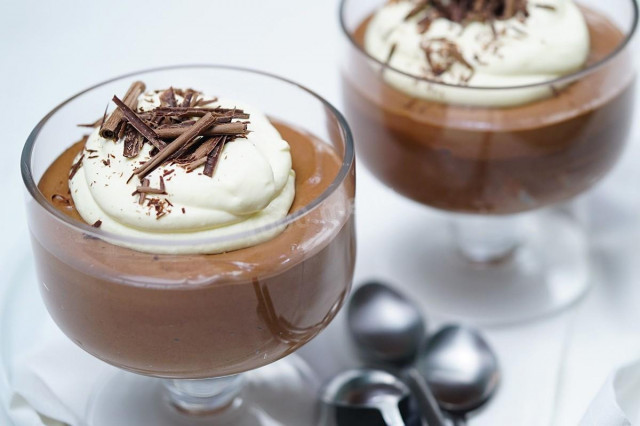Composition / ingredients
Cooking method
1. How to make butter dough for cakes? Put the fresh yeast in a bowl, crumble with a fork. Pour yeast with a small amount of warm milk (not hot!), pour 60 grams of sugar. Stir until the yeast is completely dissolved, leave in a warm place for literally 10 minutes.
2. In a separate bowl, sift half a portion of flour, pour the remaining milk and diluted yeast here. Mix thoroughly. Cover the bowl with cling film, and then with a clean kitchen towel. Leave the bowl in a warm place protected from drafts for half an hour.
3. Meanwhile, divide the eggs into beks and yolks. Add sugar to the yolks, whisk until a fluffy mass is formed. The sugar crystals should completely dissolve. If desired, you can add more sugar.
4. Whisk the whites with a pinch of sugar to a persistent foam. When turning the bowl upside down, the proteins should not fall - this is the result that you need to strive for.
5. After the specified time, add the beaten yolks to the sourdough. Cut the butter into cubes and melt in the microwave until liquid. Then pour the melted butter into the dough. Add the lemon zest and add the whipped whites in parts, mix gently.
6. At this stage, the mass becomes even more airy, bubbles appear. Sift the remaining flour, not all at once, but in parts. Mix every time. Flour may need a little more than indicated. It depends on the quality of the flour itself, the size of the eggs and the fat content of the butter.
7. Put the dough on a work surface sprinkled with flour, continue kneading for 15 minutes, adding flour if necessary. As a result, the dough should become elastic.
8. Assemble it into a ball, put it in a greased bowl. Cover with cling film, and then with a towel. Leave for a couple of hours in a warm place.
9. Pour almonds into a bowl, pour boiling water. Leave on for 10 minutes, then peel off the husk. Put the peeled almonds on a towel, let them dry. Fry the dry nuts in a hot frying pan without adding oil, and then crush with a knife.
10. Sprinkle the raisins with flour. The dough has come up, put it on the work surface, and around - raisins and almonds. Continue to knead the dough so that it "makes friends" with nuts and raisins.
At this stage, the dough can be laid out in molds, filling them only half the volume. When the dough is ready again, it will take about 20 minutes, send the molds to a preheated 180 degree oven. Bake until golden brown for about 40 minutes. The cooking time may differ from mine, be guided by the features of your oven.
Delicious cakes and good mood for you!
Be prepared for the fact that you may need more or less flour than indicated in the recipe. Focus not on the amount of flour, but on the desired consistency of the dough. To avoid mistakes, read about flour and its properties!
Butter can be melted in the microwave or in a water bath.
How to melt butter in the microwave?
Cut the butter into small pieces and place it in a special container. To prevent the oil from splashing when heated, cover the oil vessel with a paper towel. The oil should be melted either at the lowest power or in defrosting mode. At first, five seconds will be enough. Next, if the butter has not melted yet, set it again for 5 seconds and start the microwave. Repeat the process several times until the desired result.
How to melt butter in a water bath?
You will need two containers of different diameters. Pour water into a large one and put it on the stove. Place the smaller container on top so that it is submerged in water by about half. Put the sliced butter into it. Under the influence of boiling water, the oil will begin to melt. Stir the oil slightly to speed up the process. As soon as the pieces of oil are completely dissolved, remove the container from the stove.
Caloric content of the products possible in the composition of the dish
- Whole cow's milk - 68 kcal/100g
- Milk 3.5% fat content - 64 kcal/100g
- Milk 3.2% fat content - 60 kcal/100g
- Milk 1.5% fat content - 47 kcal/100g
- Concentrated milk 7.5% fat content - 140 kcal/100g
- Milk 2.5% fat content - 54 kcal/100g
- Almonds nuts - 609 kcal/100g
- Whole durum wheat flour fortified - 333 kcal/100g
- Whole durum wheat flour, universal - 364 kcal/100g
- Flour krupchatka - 348 kcal/100g
- Flour - 325 kcal/100g
- Granulated sugar - 398 kcal/100g
- Sugar - 398 kcal/100g
- Butter 82% - 734 kcal/100g
- Amateur unsalted butter - 709 kcal/100g
- Unsalted peasant butter - 661 kcal/100g
- Peasant salted butter - 652 kcal/100g
- Melted butter - 869 kcal/100g
- Raisins - 280 kcal/100g
- Kishmish - 279 kcal/100g
- Lemon zest - 47 kcal/100g
- Chicken egg - 80 kcal/100g
- Fresh yeast - 109 kcal/100g

